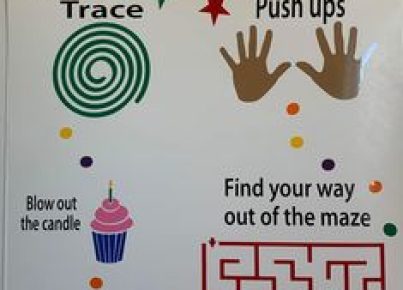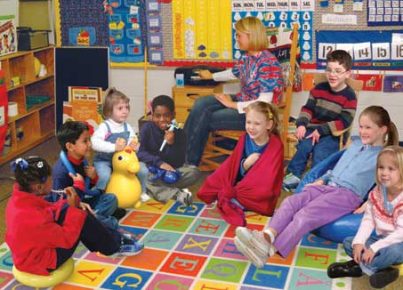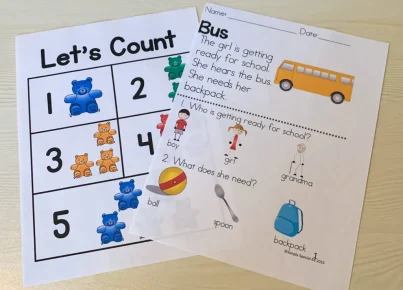Social stories can be an incredibly powerful tool in the mainstream classroom. They are a resource for teaching social skills to children with autism spectrum disorders (ASD) and other social deficits by providing a visual explanation of the nuanced social cues and appropriate responses. These stories help students understand and navigate interpersonal communication and social interactions, which can often be challenging and complex.
Here are 25 social stories that you might find useful for incorporating into a mainstream classroom:
1. Making Friends: A story about how to approach others and begin friendships.
2. Sharing is Caring: Demonstrating the importance of sharing with peers.
3. Listening to the Teacher: The importance of paying attention during class.
4. Personal Space: Understanding the concept of personal boundaries.
5. Following Instructions: Learning how to follow step-by-step instructions.
6. Using Kind Words: Teaching the value of kind language towards others.
7. Playing Fairly: How to play games with others in a fair and fun way.
8. Patience is Key: Learning to wait one’s turn in various situations.
9. Handling Disappointment: Appropriate reactions when things don’t go as planned.
10. Being Respectful: How to treat classmates and teachers with respect.
11. Asking for Help: The steps to take when assistance is needed.
12. Apologizing: The importance of saying sorry when mistakes are made.
13. Classroom Routines: A guide through everyday classroom procedures.
14. Working in Groups: How to cooperate and work collaboratively with peers.
15. Dealing with Bullying: Understanding what bullying is and how to respond.
16. Expressing Emotions: Identifying feelings and expressing them healthily.
17. The Power of Please and Thank You: Using polite words in daily interactions.
18. Staying Focused: Strategies for not getting distracted during lessons or work time.
19. Accepting Differences: Recognizing and embracing individual differences among peers.
20. Fire Drills at School: What to do when there’s a fire drill, depicted step-by-step.
21. Going on a Field Trip: Describing what to expect on a field trip and appropriate behavior outside the classroom.
22. Textbook Care: How to responsibly handle school books and materials.
23. Healthy Eating Habits: Choosing good foods during lunchtime for better health and energy at school.
24. Keep Trying!: A story about perseverance when tasks get challenging or frustrating.
25. Ending the Day Positively: The importance of closing out the school day with positive thoughts and actions.
Each of these social stories can be tailored based on age, cognitive level, specific needs, or class dynamics, making them flexible tools that can be used repeatedly across various scenarios within the mainstream classroom environment. With regular use, they can help foster understanding, inclusivity, compassion, self-regulation, and respect among all students, which contributes significantly to creating a nurturing educational space for everyone involved.
By integrating these simple yet effective narratives into daily routines, teachers can make leaps in building foundational social skills within their classrooms that will serve their students throughout their lives both inside and outside educational settings.





